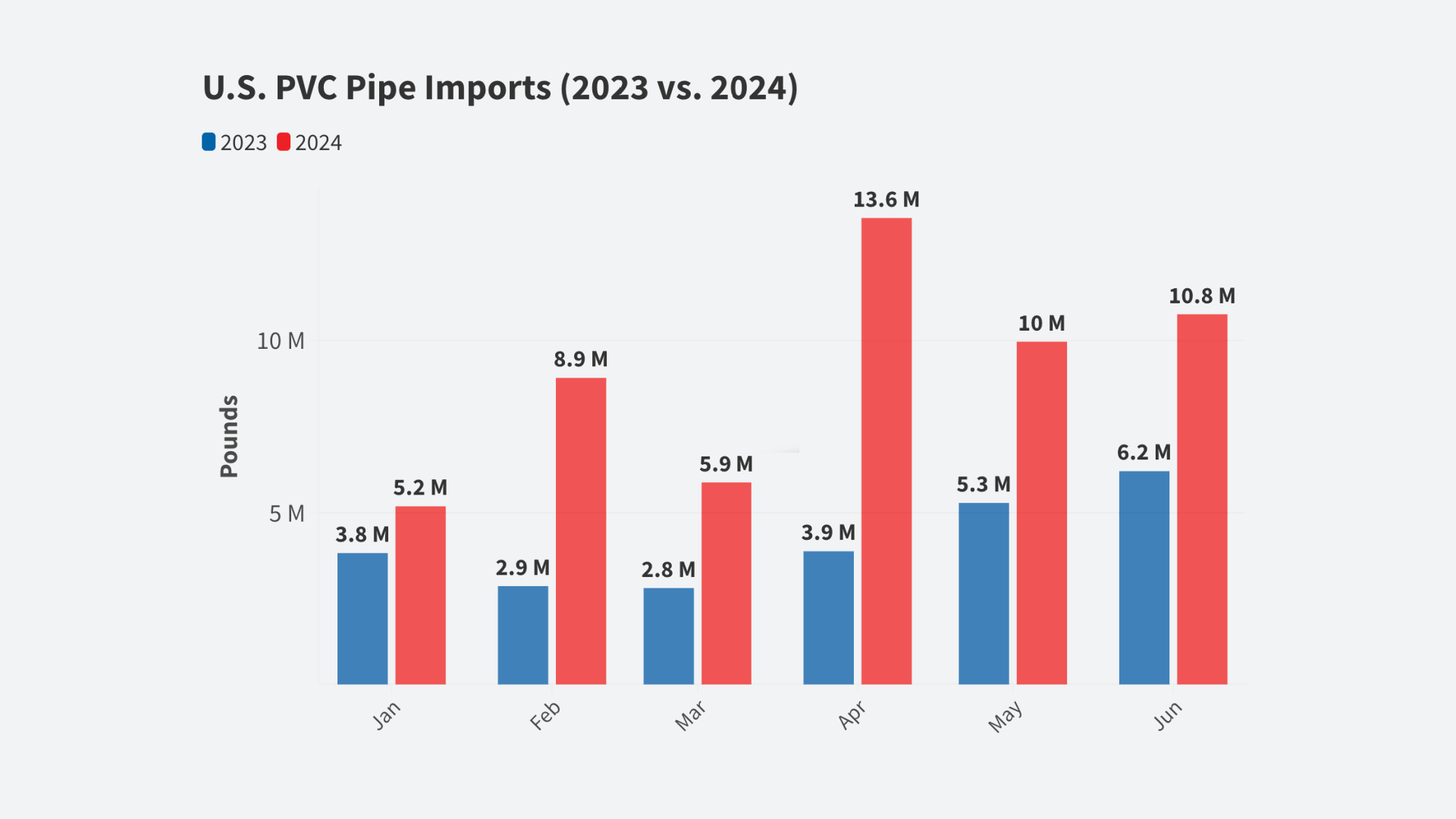
IBM is advancing rapidly into new fields like data analytics, cloud computing and mobile applications. And while the technology company’s second-quarter results showed encouraging progress in those businesses, it was not enough to translate into growth for the company as a whole.
[ by Steve Lohr | July 20, 2015 | NY Times ]
Virginia M. Rometty, IBM’s chief executive, declared months ago that 2015 would be a year of transformation with ambitious initiatives and formidable challenges. The second-quarter performance showed both forces at work.
IBM reported on Monday that revenue from the newer businesses it calls “strategic initiatives” grew a brisk 30 percent in the quarter, excluding the effect of currency fluctuations. In that group, cloud computing revenue rose more than 70 percent, using that same calculation, and IBM’s data analytics business grew by more than 20 percent.
But the company’s overall profit and revenue declined, even after accounting for operations sold off and the currency impact of a strong dollar. Most of IBM’s business is overseas.
The fundamental issue for IBM is whether growth in the new fields can offset the erosion in its traditional hardware, software and services business — and when.
The major trends in technology are often both an opportunity and a threat to IBM. The most notable is the shift to software being delivered from remote data centers as a cloud service, which can curb demand for IBM’s traditional software and undermine its pricing power with corporate customers.
As evidence of the challenge, analysts pointed to IBM’s big software business, whose sales fell 10 percent in the quarter, to $5.8 billion, or down 3 percent without the currency impact.
“IBM’s legacy business is under a lot of pressure, said A. M. Sacconaghi, an analyst at Bernstein Research. “And at the same time, the company is investing in the new businesses to get them going. So profits suffer.”
What investors and industry analysts are looking for is solid evidence of a crossover in IBM’s portfolio, when the new fields are rising faster than the old ones are shrinking.
“We did not see the inflection point this quarter,” Mr. Sacconaghi noted.
In after-hours trading, IBM shares were down about 5 percent.
In its second quarter, IBM’s revenue fell 13 percent in the quarter, the 13th consecutive quarter of slipping revenue. A large part of the decline — 9 percentage points — came from the currency effect. Another 4 percent of the decline was by design, reflecting the absence this year of its unit that made industry-standard data center computers. IBM sold that sizable but low-profit business to Lenovo of China last fall.
Still, the second-quarter revenue fell short of the average estimate of Wall Street analysts of $20.9 billion, as compiled by Thomson Reuters.
In an interview, Martin J. Schroeter, IBM’s chief financial officer, insisted the financial performance was a sign that the company’s strategy is on track. He said revenue was down only 1 percent, or almost flat, after pulling out the currency impact and the sold-off operations. The newer growth businesses, he said, are “essentially offsetting the decline in the core.”
The robust growth in the strategic-imperative units, he added, was a reassuring sign of progress toward the goal of having those businesses account for $40 billion in revenue, more than 40 percent of corporate sales, by 2018. Last year, they added up to $25 billion, or 28 percent of corporate revenue — and that was double their percentage in 2010.
IBM reported a 17 percent decline in net income to $3.5 billion. It delivered earnings per share from continuing operations of $3.84 a share. That was above the consensus estimate of analysts of $3.78 a share.
IBM was helped in the quarter by one of its stalwart products, mainframe computers, as a new model — the z13 — began shipping in January, giving its hardware business a cyclical lift. Mainframe revenue rose by 15 percent, without the currency impact.
Sales of the big machines themselves contribute modestly to IBM financially, representing an estimated 2 percent of the company’s total revenue. Yet mainframe technology as a whole — including mainframe software, storage, maintenance and financing — remains vital to the company, strategically and financially.
That mainframe-related business as a whole accounted for an estimated 24 percent of total IBM revenue and 36 percent of profits last year.













